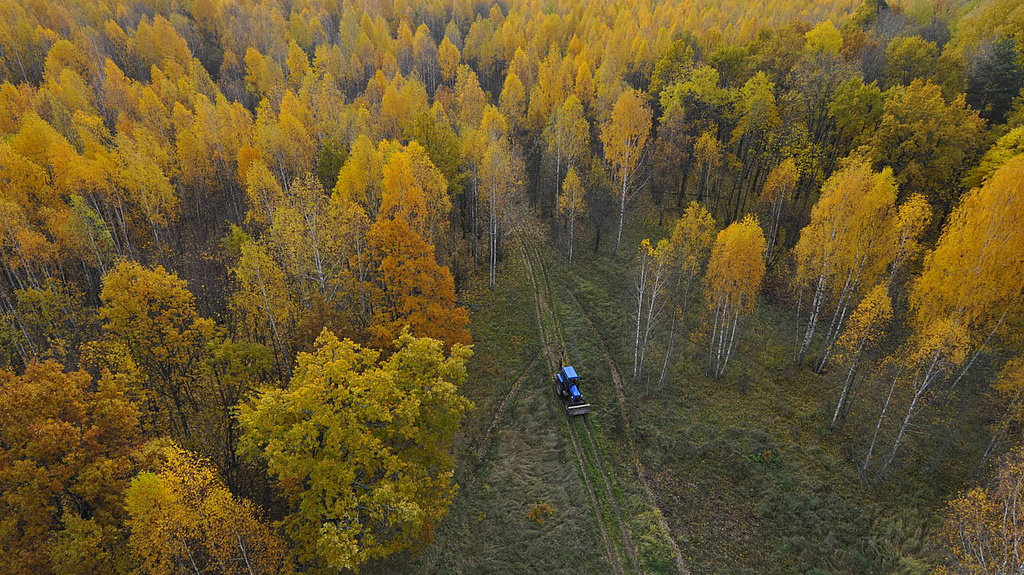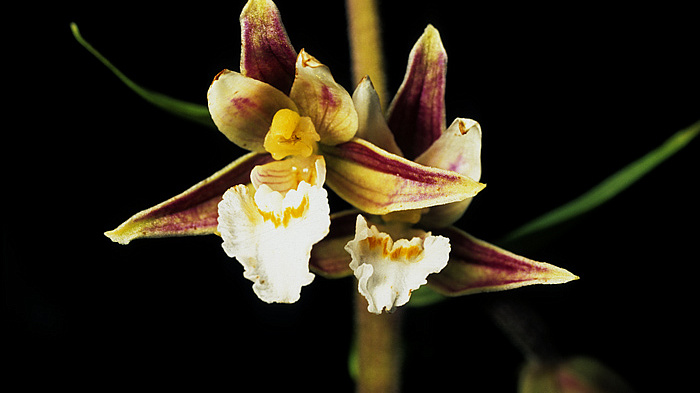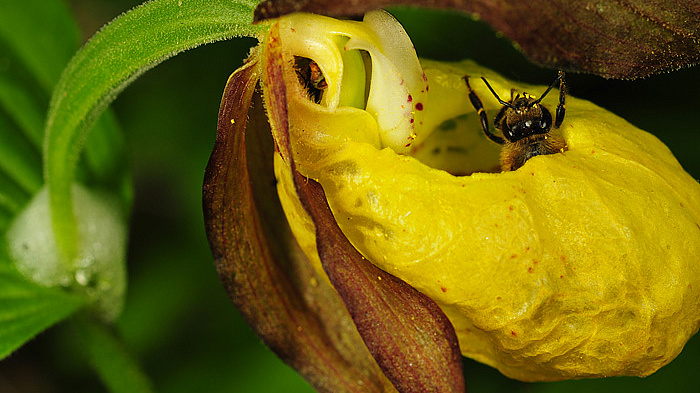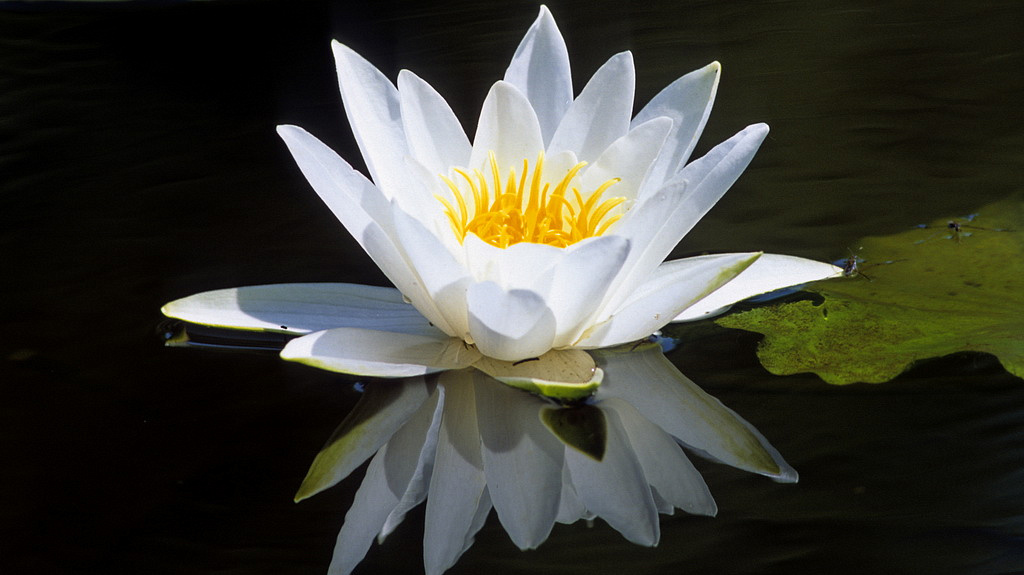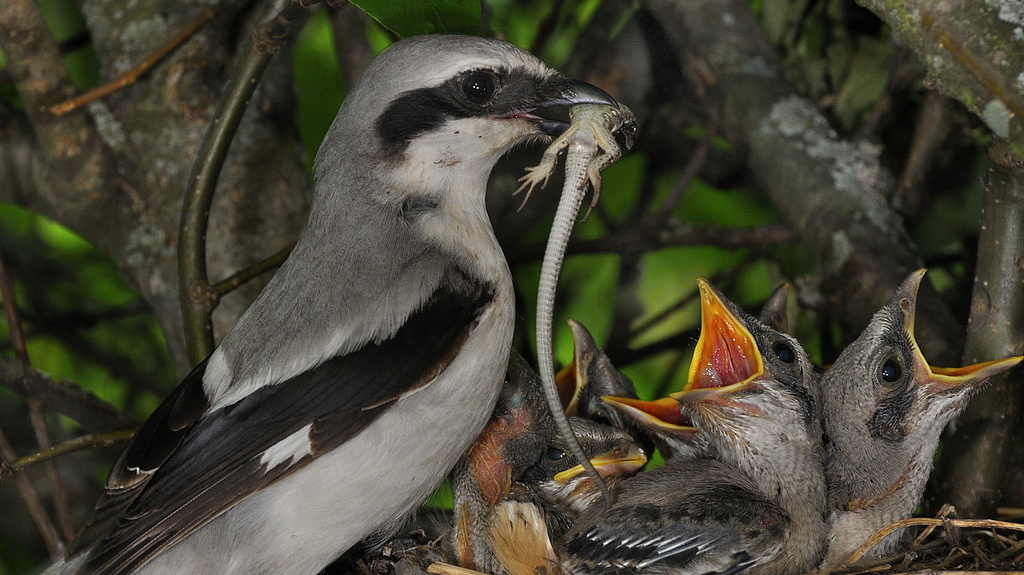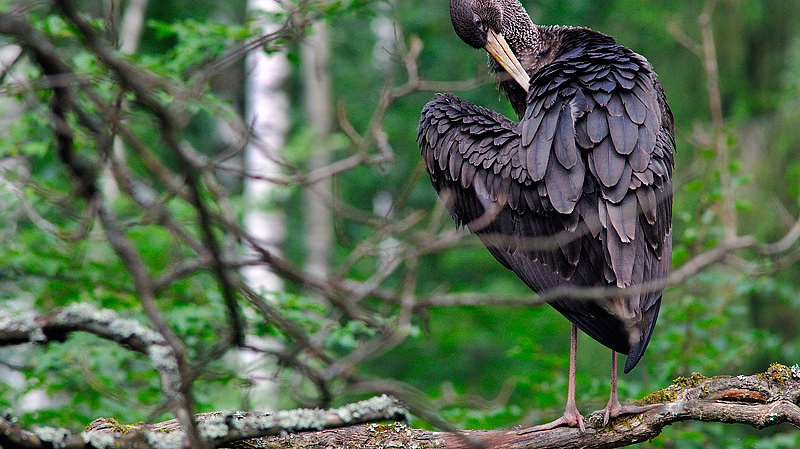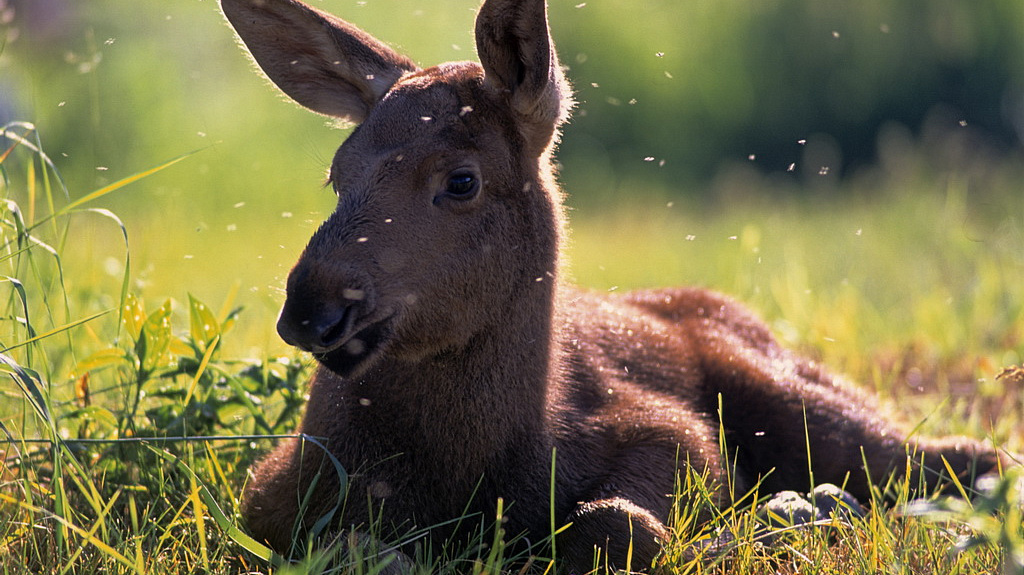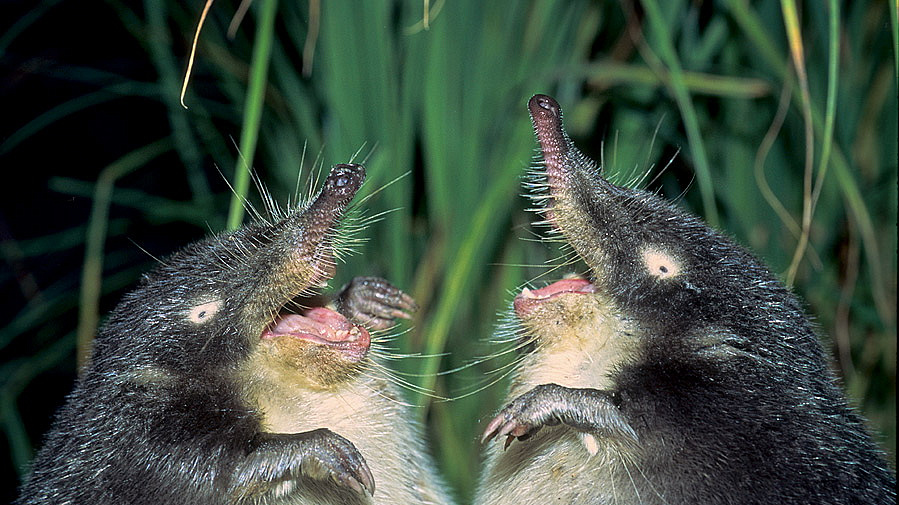Vegetation. Bryansk Forest Nature Reserve is situated in the subcontinental climate zone. The reserve has a variety of plant communities, including forest, wetland, meadow, shrub, and aquatic. Forest vegetation occupies 80 percent of the Bryansk Forest Nature Reserve. A third of this is pine forests. About 40 percent is birch and aspen forests. The remainder is made up of spruce, oak, ash, and other forest stands. Wetland vegetation covers 20 percent of the territory, mainly consisting of lowland and transitional swamps. Upland swamps are rare in the reserve. Meadow, shrub, and aquatic vegetation occupy less than one percent of the reserve area.
Flora. Higher plants in the Bryansk Forest Nature Reserve include 784 species. Despite its relatively small area, the Bryansk Forest Nature Reserve, which covers only 0.3% percent of the Bryansk Region, has enormous significance for biodiversity conservation in the region: 55 percent of the natural flora of the Bryansk Region is represtented within its boundaries.
The nature reserve is home to 784 species of higher plants, including: 5 club mosses (Lycopodiophyta), 6 horsetails (Equisetophyta), 14 ferns, 5 gymnosperms, and 754 flowering plants (angiosperms).
Five species are included in the Russian Red Book: lady's slipper orchid, ghost orchid, red helleborine, marsh orchid, and narrow-leaved marsh orchid.
Fifty-six species are listed in the Bryansk Region Red Book, including: marsh helleborine, wild garlic, common sundew, meadow gladiolus, dwarf white water lily, and others.
Fauna. The Bryansk Forest Nature Reserve and the Nerussa-Desna Polesy'e are uniquely situated at the ecological crossroads of subboreal and broadleaf forests and forest-steppe zones, increasing the importance of their role in conserving biodiversity in the region. Vetebrate fauna of the nature reserve is relatively well-studied, which allows us to assess the conservation significance of the nature reserve in the regional context. Vertebrate fauna of the Bryansk Forest Nature Reserve includes 274 species. Invertebrate fauna has been insufficiently studied. An inventory of this group of animals is a large undertaking and requires long-term involvement of specialists in this field. As of today, 604 species of invetebrates have been identified on the territory of the nature reserve, which is likely no more than 10 percent of its entire invertebrate diversity. The most well-studied group of invertebrates is Insects, with 518 species identified in the reserve, the majority of which are from the orders of Beetles and Lepidoptera.
There are 274 species of vetebrates in the reserve: 1 species of lamprey, 34 species of fish, 12 amphibians, 6 reptiles, 162 birds, and 59 animals.
Twenty-four species have been included in the Red Book of Russia: greater noctule bat, Russian desman, black stork, osprey, middle spotted woodpecker, Apollo and clouded butterflies, stag beetle, and others.
Forty-two species have been listed in the Red Book of the Bryansk Region: lynx, brown bear, badger, river otter, European bison, capercaillie, moss carder bee, Old World swallowtail, and others.
